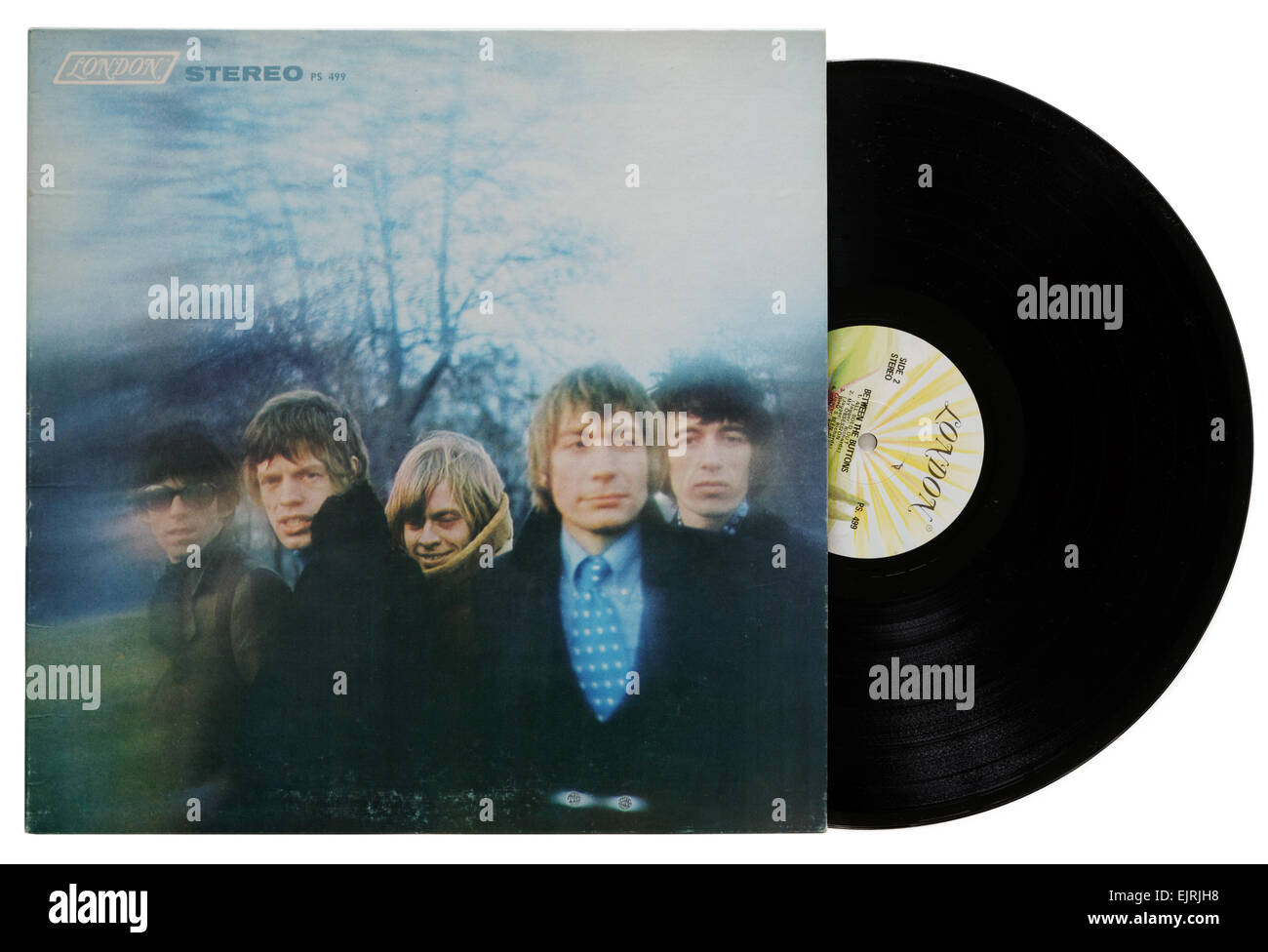


1, to playing a delicate Appalachian dulcimer on ‘Lady Jane’ (undoubtedly inspired by folk singer/author Richard Farina). Bored with playing rhythm guitar on Jagger/Richards compositions, Jones had reinvented himself as a nimble multi-instrumentalist, intuitively adding a pallet of exotic sounds to the mix, from the sitar that helped catapult ‘Paint It, Black’ (the lead-off single from Aftermath in the U.S.) to No. As his one-time girlfriend, the glamorous German model/actress Anita Pallenberg claimed, Brian ‘was writing songs constantly.’ But Jones tragically lacked ‘the confidence’ to show any of his compositions to Jagger and Richards, so ‘he just erased them.’ But Brian’s stamp was all over the band’s latest release. Jones, the band’s original leader who’d christened the group after Muddy Waters’ song ‘Rollin’ Stone,’ wound up odd man out in his own band while his former acolytes, Richards and Jagger moved away from playing Chicago blues numbers and began writing their own tunes at the prodding of their manager/producer Andrew ‘Loog’ Oldham. Haggard and agitated, Mick Jagger’s barracuda grimace appeared as if he might eviscerate you at any moment. Standing on the edge of the photograph was Keith Richards grinning behind a pair of shades, as Charlie Watts, looking like a hit man, leaned into the wind, while the hollow-cheeked, heavy-lidded, Bill Wyman stood like a zombie, aloof in the rear. The blurry portrait of the Stones shot on a brisk autumn morning at London’s Primrose Hill in 1966 perfectly captured what Mankowitz later described as ‘the ethereal, druggy feel of the time.’ This was the first glimpse the public had of how quickly Brian (whose predilection for mixing booze and pills would lead him to an early grave, two years later in 1969) was deteriorating. Fame had not rested easily upon the golden Stones’ shoulders as Gerard Mankowitz’s photo of the band on the cover of Between the Buttons revealed.


 0 kommentar(er)
0 kommentar(er)
